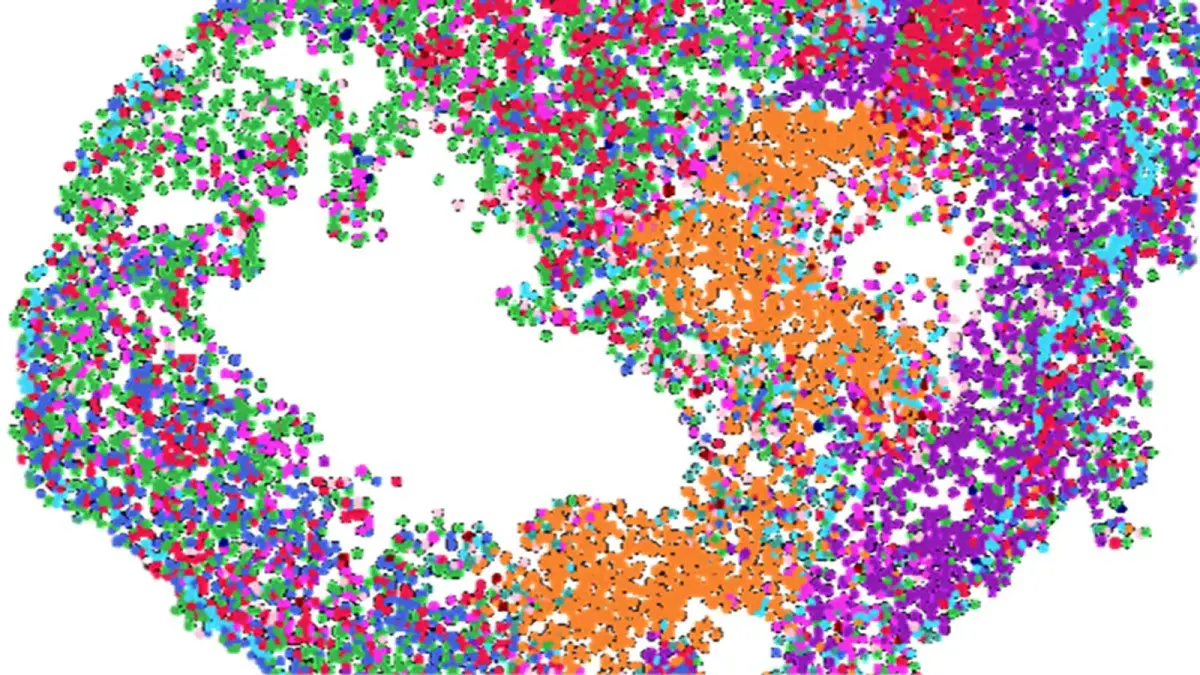Maybe we live in living mushroom-buildings in the future.
Can buildings evolve like organisms? The question is interesting because things like trees and vegetables involve complicated structures. And theoretically, trees like strangler fig trees can form structures that can be used as buildings. The problem is that the structures of those things are too soft.
But there is the possibility that the genetically engineered cells are making hollow cellulose structures. That can blow full of concrete. In that case, we might think about special concrete that is made by using volcanic ash. That allows to create of hybrid material that combines biological, and non-biological structures.
Biological structures also have sub-types of living biological structures and non-living biological structures. We are using the first ones as plant walls. The first ones are used as boards. Theoretically is possible to create living boards, and if those living boards can turn real, they can be used in materials and structures that can repair themselves. That thing is the next generation advance in the biological systems.
There is the possibility that in the future aircraft and even spacecraft "space whales" are made by using living biological material that makes them repair their damages automatically. But tree houses or living houses can be a reality tomorrow. There is the possibility that those structures are made by using an extremely strong cellulose-spider silk hybrid material. And if there is damage to those living boards. The repairing robot will inject cell mass into that damage.
"This rendering is an example of the type of bio-informed responsive architecture that a team of Cornell researchers and their colleagues hope to create using design parameters based on morphogenesis. The rendering is of the Agrivoltaic Pavilion, part of the project Sustainable Architecture & Aesthetics, which was funded by the Grainger Foundation. Credit: Sabin Design Lab/College of Architecture, Art, and Planning, and the DEfECT Lab, Arizona State University" (ScitechDaily.com/Shapeshifting Structures: Can Buildings Evolve Like Organisms?)
"This spatial transcriptomic map shows different cell phenotypes within a slice of an embryonic chick heart. The orange are cells that make up the valves inside the heart (mitral and tricuspid); the cells at left make up the wall of the left ventricle. Each dot represents a different cell with up to 10,000 genes that are measured. Credit: Credit: Jonathan Butcher/Cornell Engineering" (ScitechDaily.com/Shapeshifting Structures: Can Buildings Evolve Like Organisms?)
"This piece, Branching Morphogenesis, explores fundamental processes in living systems and their potential application in architecture. It is by Sabin+Jones LabStudio, 2008; Jenny E. Sabin, Andrew Lucia, Peter Lloyd Jones; originally on view at the Design and Computation Gallery, SIGGRAPH 2008 and subsequently at Ars Electronica, Linz, Austria, 2009-2010. Credit: Credit: Jenny E. Sabin/College of Architecture, Art and Planning" (ScitechDaily.com/Shapeshifting Structures: Can Buildings Evolve Like Organisms?)
Genetic engineering makes it possible to connect the genomes of different species. And that allows the combining of the genomes that are making the cellulose and spider's silk. That allows the creation of trees and wood-biomaterial that combines cellulose and spider silk.
There are two ways to create self-growing structures. The first one bases the idea that non-organic structures like polymers grow like crystals. The network of polymers can grow like crystals. And that thing makes it possible to create self-growing non-biological materials. Another possibility is to make cells. That is very strong to make complicated biological structures. If the researchers can combine things like cellulose and spider webs that makes those things very strong.
https://scitechdaily.com/shapeshifting-structures-can-buildings-evolve-like-organisms/






No comments:
Post a Comment
Note: Only a member of this blog may post a comment.